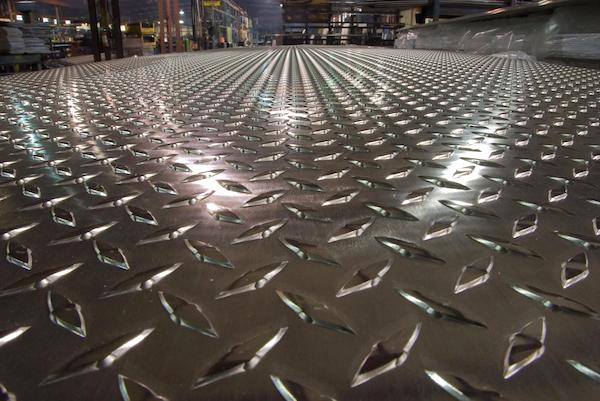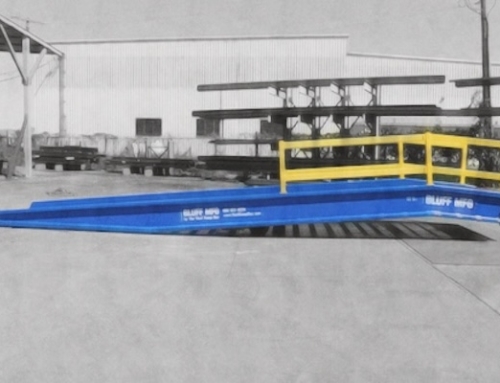Creativity is a Human Thing

We’ve had many revolutions throughout human history. Along with all those Revolutionary wars, we’ve experienced many instances of “drastic or social change that usually occurs relatively quickly.” Think of the first two Industrial Revolutions, the result of technological innovations that brought us, among other things, enhanced development of clothing and iron, glass and mining, transportation and agriculture.
Now we have the Digital Revolution, also called the Third Industrial Revolution and the Fourth Industrial Revolution or—wait for it—Industry 4.0. (Absent really cool names, we tend to add numbers. For example, our latest version of Google Chrome web browser is Version 75.0.3770.142.)
Industry 4.0 seems to cover the existing and developing technologies that have seeped into and overtaken the ways we interact and conduct business: cellphones, the Internet of Things, GPS devices, 3D printing, virtual reality, self-driving vehicles.
Can automation replace people? We see it happening in certain sectors. Chances are good that your last Amazon delivery was picked and packed with at least the assistance of robotics.
With all these innovations have come studies and perspective and reflection and recommendations. If robots aren’t (yet) taking over the world, the nature of work is changing.
Last year, McKinsey & Company issued “Skill Shift: Automation and the future of the workforce,” a study that examines the disruptions of technology on business culture. It’s a good read.
What strikes us most prominently is what it calls organizational agility: “the ability to quickly reconfigure strategy, structure, processes, people, and technology toward value-creating and value-protecting opportunities.”
Wrapped inside that study is this:
“Our research also finds a shift from activities that require only basic cognitive skills to those that use higher cognitive skills. Demand for higher cognitive skills, such as creativity, critical thinking, decision making, and complex information processing, will grow through 2030, by 19 percent in the United States and by 14 percent in Europe, from sizable bases today.”
(We don’t even want to speculate why McKinsey & Company thinks the United States will need five percent more in higher cognitive skills than Europe.)
All of this relates, we think, in a very direct way to the business we’re in. Whether stationary or mobile, a yard ramp is a tool, utilized by humans, to affect change—and movement—toward optimal streamlining of a company’s operations.
How we approach getting the right yard ramp to you and how your team utilizes the yard ramp are informed by creativity, by agility, and by a very human connection that simply cannot be replaced by an algorithm.
We’re fans of good technology. That said, in these times of Industry 4.0, the human touch is revolutionary.

Go figure. Click HERE.





